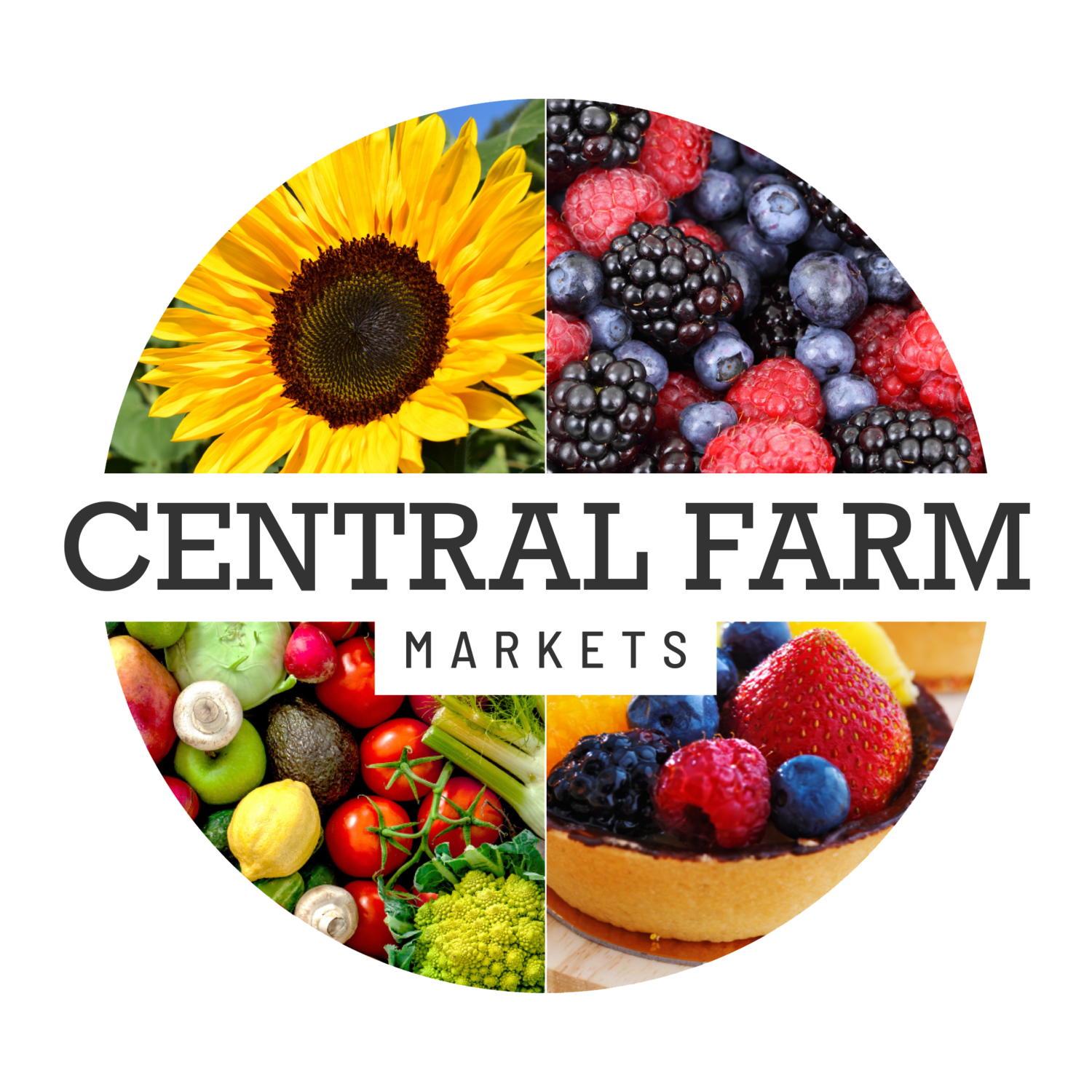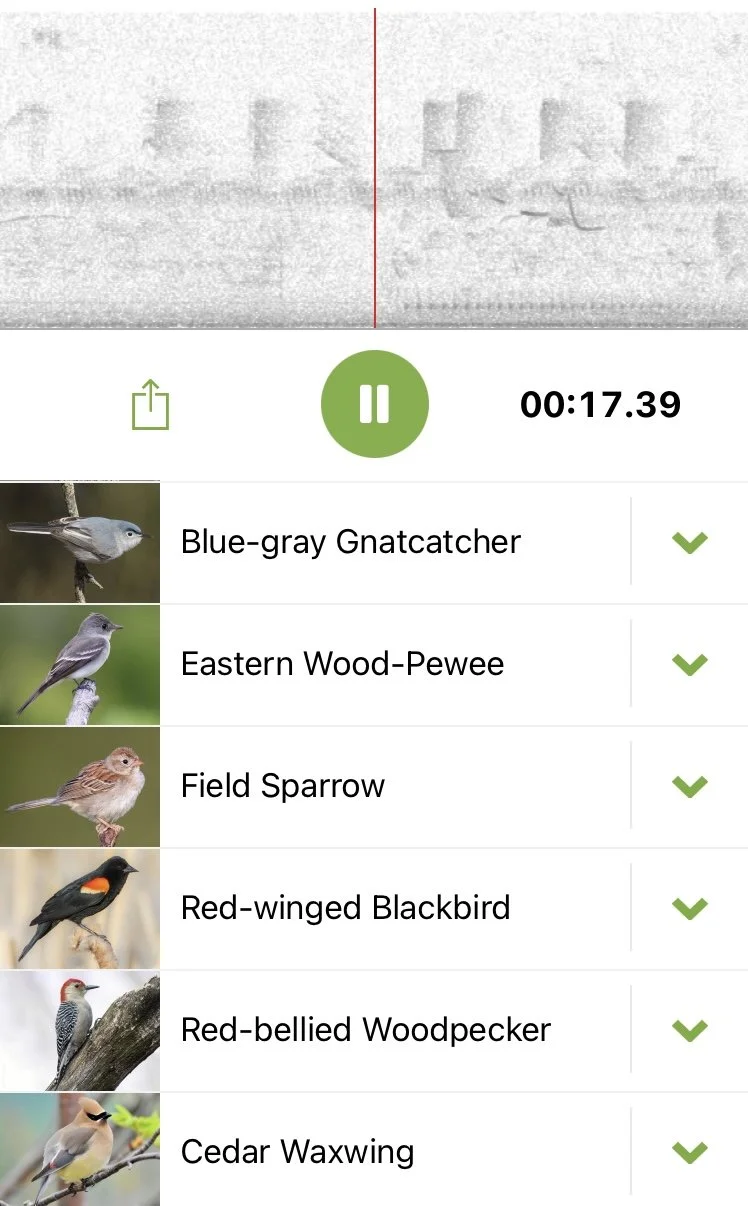For the Birds
Last Sunday would have been my dad’s 80th birthday and this Sunday will be Father’s Day so he’s already been in my thoughts. In the last few weeks I’ve fallen down the rabbit hole of a new app that has me wondering if Dad were alive today, could I boost him into the 21st century?
Dad was a die-hard luddite when it came to computer technology. A machinist by trade his entire adult life, his tools fit in a custom wood box with a red felt lining where he kept pictures of his wife and three kids tucked into the top along with his assortment of calipers, center punches, edge finders, rulers, and micrometer. When his company finally assigned a computer and email address to him in the last few years of his career, he’d have one of the younger guys in the shop print out all his emails. No, wired life wasn’t for him.
One thing Dad was, though, was an avid birder. He was easy to buy for when it came to birthdays and holidays—something bird. Straight out from the windows next to the dining room table was a veritable smorgasbord for birdwatching. There were hanging feeders of sugar water for hummingbirds, sock feeders full of thistle for the finches, platform feeders, feeders that looked like an old bank barn, a covered bridge, and a log cabin all made by one of my fellow vendors from a market I’d gone to years ago. There was one with three large plexiglass tubes we called Battlestar Galactica and ones that had spikes for fruit and little jars for the jelly eaters. In his retirement, Dad had a daily routine for keeping the feeders well stocked so he and Mom could watch the birds, using their bird identification books stashed nearby.
I’ve never considered myself a birder, but I’ve realized as a farmer how having a variety of bird life is an indicator of a healthy ecosystem. I don’t have to put out feeders to attract birds when farming in an ecologically responsible manner.
Since 1966, three quarters of the songbird and migratory bird populations have been in decline due to reduction in habitat, feed, resting, and nesting. Additionally, common agricultural chemicals such as neonicotinoids are now linked to massive bird die offs, 48 times that of bee die offs. The Cornell Lab of Ornithology estimates nearly 3 billion birds have disappeared since 1970. Grassland and forest species alike are affected.
“A staggering loss that suggests the very fabric of North America’s ecosystem is unraveling,” wrote Cornell Lab director John Fitzpatrick and study coauthor Peter Marra in a New York Times Opinion in 2019.
We’ve had hiccups and burps in food production and distribution over the last few years. Have we forgotten the proverbial canary in the coal mine? You know that saying is based upon the fact that starting in 1911, coal miners began toting little songbirds to work for early detection of poisonous gasses. Think of it as an early form of detector that chirped when it was working properly instead of the ones we use today that only chirp when the batteries are dying.
Farmers are the miners today. When our wildlife begins disappearing we know something isn’t right. At the same time we also need to balance the impact wildlife, especially birds, have on cultivated crops. With wildlife food sources disappearing due to development, what better place to feast than on acres and acres of premium produce? Last summer I watched in horror as one farmer tore out and burned mature hedgerows between his crop fields to get a few extra rows of commodity corn because of the good prices. Next door his neighbor who grew stone fruits like cherries and peaches suffered as displaced wildlife now invaded his orchards. He’s had to resort to an assortment of deterrents such as netting and repellents, both chemical and sound. All this adds time and costs on to production which ultimately gets passed one to…you guessed it—the consumer.
This week as I sat out on the porch having coffee each day I opened the app on my phone to see how many birds it could identify in two minutes each morning and this is my list from one week: Cardinal, Indigo Bunting, Red-winged Blackbird, Meadowlark, Field Sparrow, Carolina Sparrow, Hummingbird, Canada Goose, Blue Heron, House Wren, Orchard Oriole, Yellow Warbler, House Sparrow, House Finch, Red Tail Hawk, Wood Pewee, Grasshopper Sparrow, Grackle, Robin, Barn Swallow, Wood Thrush, Mourning Dove, Redbelly Woodpecker, Killdeer, Cedar Waxwing, and a Blue-Gray Gnatcatcher. With the sound of each bird, their name and picture are highlighted so I’m beginning to identify birds by sound as well as sight.
Father’s Day is often when we honor our Dads with gifts and grilling, but this year I’m grateful for the gift Dad gave me, an appreciation and understanding of the importance of the birds with which we share our world. I bet it Dad were still alive I’d be able to get him to finally use a smart phone or a tablet with the bird identification app.

